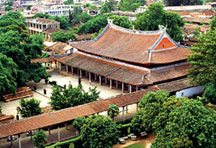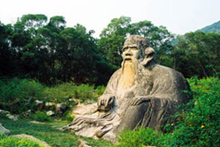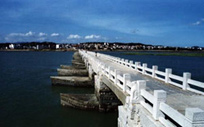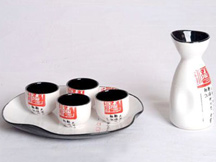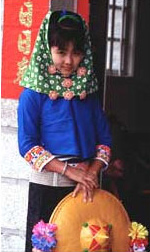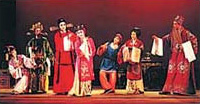Kaiyuan Temple
Kaiyuan temple, first constructed in 686, was originally named the Lotus Flower Temple. The temple was later renamed several times until finally in 738, the Tang Emperor Xuan Zong, a devout Buddhist, ordered every large town in China to name one of its temples "Kaiyuan," the title of his reign. The temple has since been known as Kaiyuan Temple.
The Kaiyuan temple is one of the outstanding examples of Chinese architecture and art. There are numerous other stone carvings in the temple - figures resembling the Sphinx, animal heads and birds, dragons and tigers. Interestingly there are columns here in ancient Greek style. Many of these rare art works were once religious decorations on other buildings in Quanzhou, later moved to Kaiyuan Temple.

 Inquiry Basket (
Inquiry Basket (

